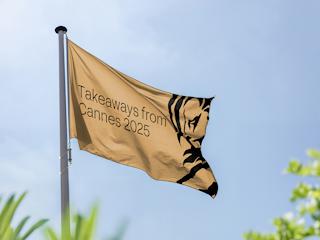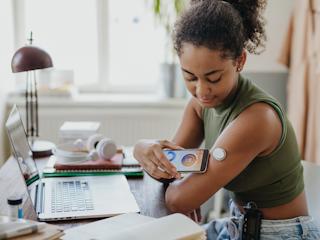Prepare the room/space for your research
So first thing is to spend some time on the room/space you will use before the session begins. You need to make it comfortable, rather than formal. Remember this isn’t an interview! Make sure you are sitting next to the participant (not too close; but close enough to see what they are doing and hear what they are saying). You might also have a 3rd person in the room, a scribe, so make sure they too can see and hear.
Make sure notes are in reach for the participant, copies of the task at hand for example. You are giving them a lot of new information so a copy is something to refer back too if they forget. Also make sure water is available.
Quite often you know who is coming to a usability session, but you haven’t really met them face-to-face before. So be prepared for the user needing to adapt the space you have set up. They may be left-handed, they might need there own chair, they might need some assistive technology.
Set the participant's expectations
You might have mentioned it in communication before the session but remind the participant why they are there again. Remind them you are not testing them, they cannot do or say anything wrong. The skill of user research is to gain open and honest feedback. Over scripted tasks or asking closed questions can limit this; but so cannot telling a user it is open in the first place.
Ease the participant in
It is always good to ease a participant in; with questions they can and know the answer too. It makes them feel comfortable. When someone signs up to research there is an element of excitement (I wonder what I will find out) but also an element of being on edge (what will they ask me). Users can often freeze up or won’t stop talking, which are natural defence mechanisms. You need to stop this from happening so the cure is to start with general questions that naturally lead to the task at hand.
For example you are testing a new app which tracks running. You can start with questions about internet use, what devices they have access too; what apps they already like and why. This then leads into “what do you think of this app”…”Can you complete task A”… Equally you could start with talking about sports, what are they interested in, what are there challenges in staying fit and can technology help in anyway. Again this then leads to “what do you think of this app”… “Can you complete task A”.
Be prepared/rehearsed
Being a confident researcher (NB when you read confident this doesn’t mean extrovert or dominant) will enable you to get more from a session. Being confident comes from knowing the subject matter (some not all); knowing the flow to a session, knowing the tasks and knowing what you need to probe for (what are the key assumptions to address in this batch of research).
With inner confidence; you will omit confidence and again with out realising bring reassurance to participant. In the main; their questions, concerns will be answered; their thoughts will be listened too. This allows 2 things to happen. Firstly open, honest feedback leading to insights; secondly you, the researcher, has time to listen. More of that to follow…
Listen with both ears and eyes
“To hear one has to listen” Wise words, but remember listening is utilising both your eyes and ears.
In usability sessions, we always ask the participants to speak aloud “say what are you thinking”… but often they will be quiet. That’s fine, they are reading, they are understanding, they are forming a decision. You can tell this from seeing what they are doing. For example, moving the mouse over the text or lip reading a sentence. They also often repeat saying/ moving over the question. These are the clues and triggers to probe, “what are you thinking”, “does this question make sense”…
Also body language and facial expressions lead to clues. Blank looks or scrunched up faces are telling you something. Probe to find out more.
Conclusion
Usability tests are quick wins and for me often far out way workshops or 20 question surveys in terms of insight generation. They let you find what doesn’t work (more so than what works); they assist assumption validation. That said, a key reason they work very well is often linked to the effort that goes into the planning pre research.
Original article was posted on Dominic Hurst's blog: https://dominichurst.com/2018/02/22/preparing-for-user-research-5-tips-for-getting-the-most-from-your-research/







